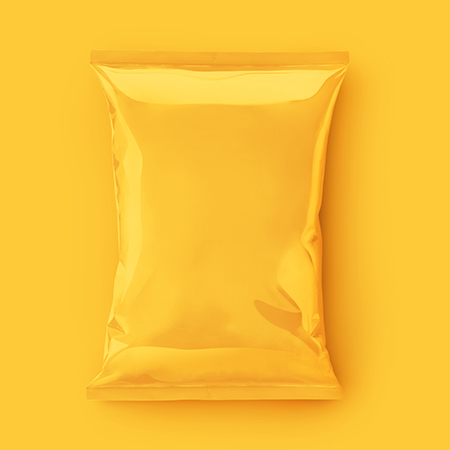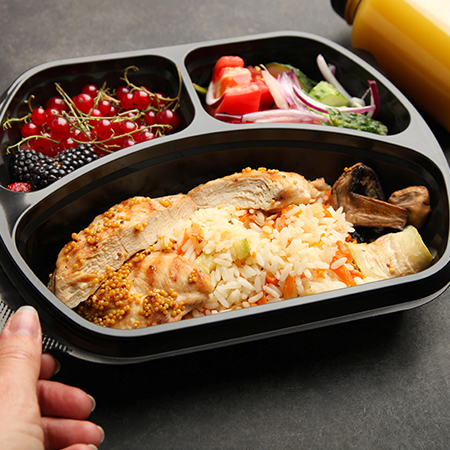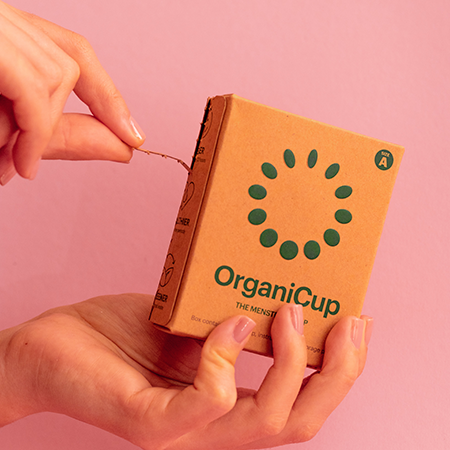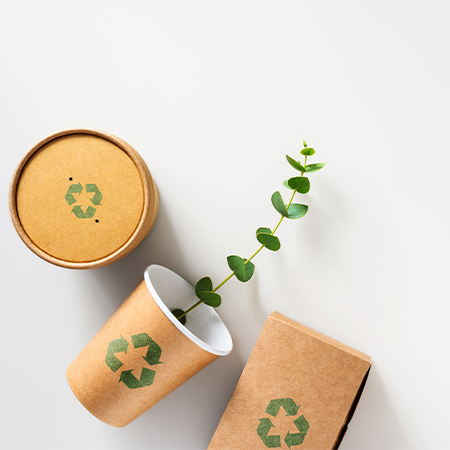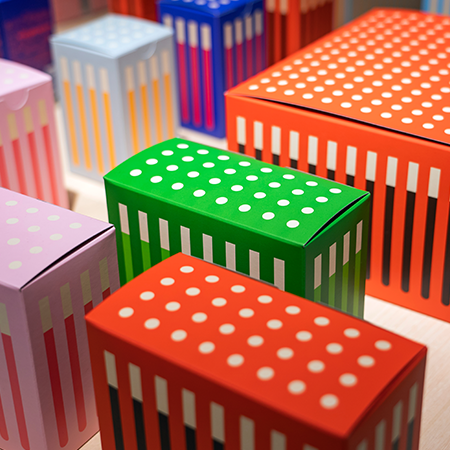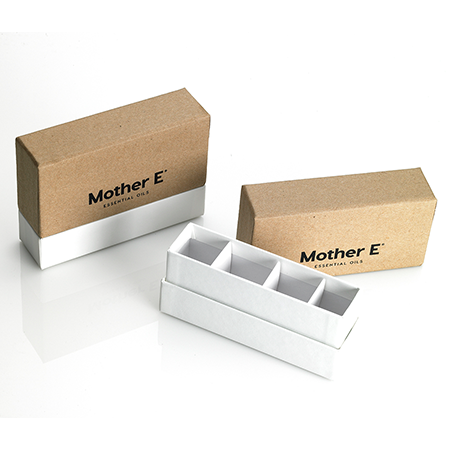More than 300 million tons of plastic wastes is produced worldwide per year.
Much of them are single-use, non-compostable waste ending up in landfill or in our oceans.
It's important that we all reduce the volume of plastic waste in the world-on the basis of people and businesses.
Plastic-free packaging will not only benefit the environment but will also appease the rising number of consumers who are environmentally aware.
This is why we have brought together this article on the best plastic packaging alternatives.
Switch from Plastic Packaging to Paper Packaging
The average lifespan of plastic is anywhere between 450 to 1000 years.
The average lifespan of paper?
Four weeks.
It's a solid evidence that paper packaging is much viable against plastic packaging.
The most common type of paper packaging is cardboard boxes.
The most commonly used types of cardboard boxes are:
- Corrugated boxes
- Rigid boxes
- Folding cartons
These boxes serve a variety of products for companies of all shapes and sizes.
Whether it's for jewellery, clothes, books, electronics or some other commodity, boxes are a perfect alternative to plastic.
But what are some of the other benefits of paper-based packaging?
Plastic takes a really long time to decompose
We can't stress that enough.
In 1992, a shipment of 28,000 "rubber" ducks fell into the ocean somewhere between Hong Kong and the United States.
People have found them washed up on beaches all over the world , having traveled extreme distances in the process. They faced blistering conditions in the Arctic, but they came off unscathed.
Each year an unfathomable amount of plastic waste is ending up in our seas, destroying marine ecosystems and disturbing the ocean's food chain.
The stubbornness of these little ducks shows how difficult it is for plastics to decompose. Conversely, all the ducks were packed in standard cardboard boxes, which began to decompose as soon as they came into contact with the sea.
Paper is more sustainable than plastic
Recycling is the main benefit of cardboard boxes. Consumers can make purchases with the knowledge that packaging can be disposed of responsibly in a recycling bin.
And throwing your cardboard packaging in the recycling bin is not the end.
More often than not, that recycling is repurposed and used again for other cardboard packaging or boxes.
Sustainable is in
Millennials are at the forefront of the sustainable movement that undoubtedly affects customer behaviour for good.
From free-range food to vegan products, millennials lead the way with their lifestyle and behaviour in creating a sustainable environment. This trend illustrates why brands such as yours must give their consumers more sustainable packaging choices.
Paper-based packaging is the environmentally friendly alternative that will satisfy the rising number of demanding green consumers.
Use paper to replace plastic elements from your packaging
You've made the transition to paper packaging with a beautiful custom box, but that doesn't mean you've removed all plastic from your packaging.
Packaging tape is an important part of packaging your stuff. It secures your valuable goods and guarantees that they arrive at their destination just as they left your shop or warehouse.
But many tapes are plastic-based, and therefore end up in landfill, much like most single-use plastics. Moving to an environmentally sustainable option like kraft tape would ensure sustainability for your product. Kraft tapes are made of either natural brown paper or white paper covered with natural glue.
Double wrapping products with plastic is another unnecessary use of plastic.
Switch out that plastic to a sustainable alternative like custom tissue paper. The change will not only lower your carbon footprint but likely add to the unboxing experience for your customers.
Final Words
Plastic packaging destroys the world, gradually. This indestructible, overused material is clogging our oceans, killing our wildlife.
We also need to do our part to reduce the amount of plastic waste that we produce both individually and at the corporate level.
Switching out plastic for paper alternatives is a good step in the right direction, however much more can be done. When doing your part, it is also important to pay close attention to emerging technology and reconsider how plastic is used.
